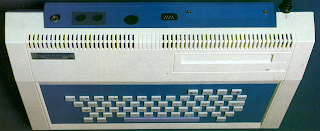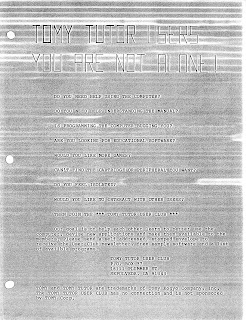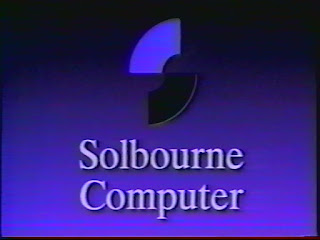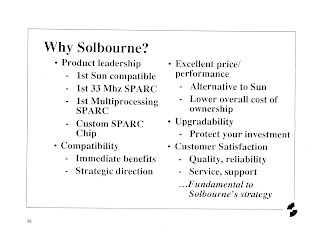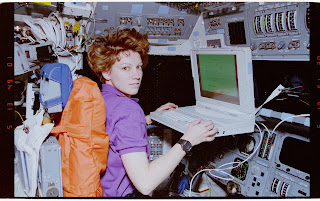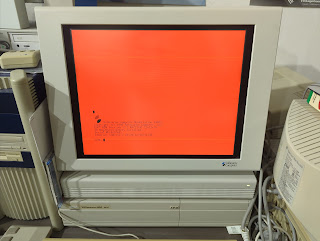The interesting part is that while PAL Tutors have been documented to exist (the American Tutor is obviously NTSC), no one yet has reported finding a Grandstand. It wouldn't be hard to distinguish one — the photograph has obvious Grandstand branding on its silver badge. It's possible they were never released at all because even accounting for publishing delays, the second Grandstand would have emerged late in 1983, hitting in the wake of the video game crash and against heavier hitters like the Commodore VIC-20 and Commodore 64 as well as (in the UK) the ZX Spectrum. Adam may have simply concluded it wasn't a strong enough competitor even with the upgraded BASIC to sell.
I also finally got off my pasty white tuckus and scanned and OCRed the rest of the Tomy Tutor User Group newsletters in my possession (I also redid #2 and #9 with OCR). The TTUG is a great example, in my humble opinion, of the variety and importance of computer user groups in the early home computer years. Our family got one of these flyers as a registered user; Gene Dinovo, the president of the club, sent out over two thousand of them to everyone on Tomy's mailing list. Just like any user group would have done in those days, the newsletter collected type-in programs, news, tutorials, high score tables, and software and peripherals for sale, including original software written by the user group's own members. Especially for orphaned systems, and there were a lot back then besides the Tutor, the reassurance that "you are not alone" went a long way to helping people still make the most out of an expensive purchase that would otherwise have become a gilded doorstop.Finally, and almost anticlimatically, I've added updates to the Solbourne Solace with various details and corrections submitted by former Solbourne engineer Dworkin Müller. Solbourne Computer was a relatively early SPARC licensee and one of Sun's most important competitors in the first few years of the 1990s, possessing an initially formidable lead in the performance sector due to their special multiprocessing sauce. OS/MP, Solbourne's bug-compatible licensed version of SunOS 4, let Solbourne buyers run their SunOS-compatible software out of the box with little or no compromises, including SunView. Later their IDT workstations, though uniprocessor, competed directly with and even could squeak by contemporary SPARCstations, at least in the beginning. Solbourne eventually ran out of money when they hit engineering limits with their own CPU and could never reclaim the throughput crown, abandoning the computer hardware market in 1994. We might be adding more remembrances as other Solbourne engineers are contacted.
You can see these updates at The Little Orphan Tomy Tutor as well as past Old VCR Tomy articles, and The Solbourne Solace as well as past Old VCR Solbourne-specific articles. Naturally, if you have anything to add, feel free to post in the comments or drop me E-mail at ckaiser at floodgap dawt com.
